Bond Funds Turbocharge Payouts
Monthly payouts from bond funds are soaring, with more raises likely to come.

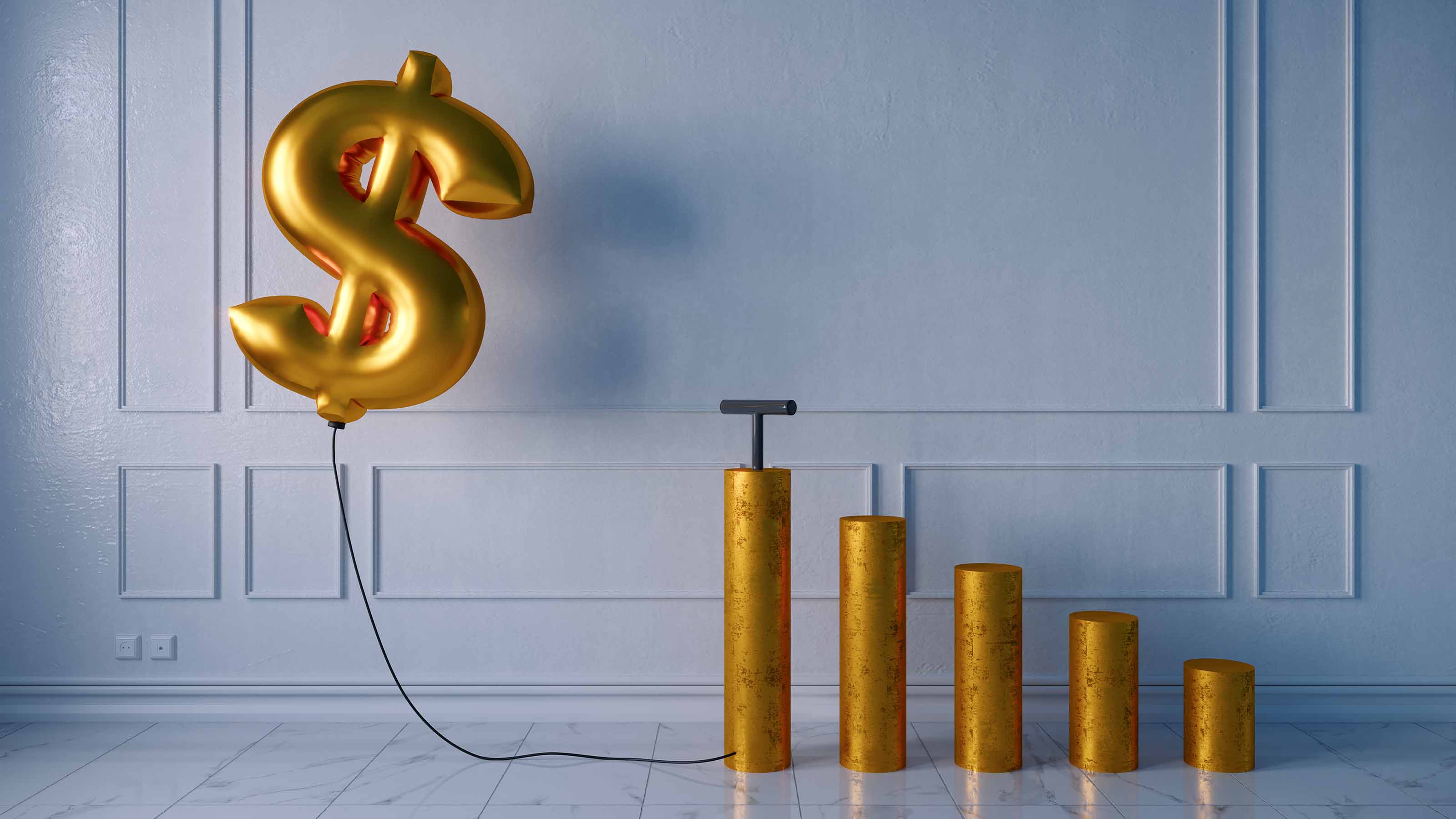
The typical short-term taxable bond fund has lost a hard-to-swallow 4% to 6% this year through Sept. 9. Fast-climbing interest rates exacted this heavy cost, usurping two years or more of yield. But you know that.
So here's a query: What is the typical growth rate of these funds' cash distributions since just before the Federal Reserve threw the interest rate switch in March? The answer: 94%. Monthly payouts from the 10 largest such bond funds are riding a rocket ship, nearly doubling already, with more raises to come.
American Funds Intermediate Bond Fund of America (FIFBX), a short-term fund despite its name, tops the list with a 246% boost since early March. Annualizing its latest monthly payment works out to a 4.2% yield – about where economists and fixed-income fund managers expect the Fed to drive short-term rates over the next several months before pausing to assess the effects on the economy, inflation and investor moods.
From just $107.88 $24.99 for Kiplinger Personal Finance
Become a smarter, better informed investor. Subscribe from just $107.88 $24.99, plus get up to 4 Special Issues

Sign up for Kiplinger’s Free Newsletters
Profit and prosper with the best of expert advice on investing, taxes, retirement, personal finance and more - straight to your e-mail.
Profit and prosper with the best of expert advice - straight to your e-mail.
True, a fund that pays you 4.2% but shows a year-to-date total "return" of negative 6% still does not sound enticing, especially alongside my brokerage firm's posted ladder of six- to 24-month certificates of deposit paying 3.25% to 3.50% – and I spotted that offer two weeks prior to the Fed's September rate augmentation.
What's likely to be the most rewarding way to tap into chunkier short-term interest rates once the Fed reaches its plateau? And do managers of short-term bond and bond-like mutual funds and exchange-traded funds have strategies to deliver extra yield? I asked short-term bond lifers whether better conditions are nigh.
Better Days for Bond Funds Ahead
It is no surprise to report their answer is yes.
Matt Freund, head bond strategist for Calamos Investments, says the time to stay away has come and gone. "It looks more every day like you will get paid for the risks you are taking," he says.
Translated: Even with higher bank savings rates, bonds and notes freshly issued or priced in the open market to yield 3% to 5% are much more tempting than bonds that yielded less than 2% six months ago.
I understand that super-safe CDs, Treasury bills and money market funds now pay a fair wage. But I cannot ignore the uptrend in fund distributions – and why it will continue for a while after the Fed stops raising rates.
There is always a lag in a fund's interest-generating power in a rising-rate environment because lower-coupon stuff matures gradually, and higher-coupon debt takes its place. I asked portfolio manager Ron Stahl at Columbia Threadneedle how long he would expect a fund such as Columbia Short Duration Bond ETF (SBND) or Columbia Short Term Bond Fund (NSTRX) to keep raising monthly payouts after the Fed stops hiking. He did not want to be pinned down lest anyone interpret that as a guarantee, but it could be as long as four months.
Freund notes that his firm's short funds buy floating-rate and short-term high-yield debt that will keep paying more for a decent spell whatever happens with Fed funds rates. You might not see your short-term fund redouble the monthly pay packet throughout 2023, but your income should be more than able to keep up with the Powells and the Yellens. The immediate future is brighter for this beleaguered fraternity of funds.
Profit and prosper with the best of Kiplinger's advice on investing, taxes, retirement, personal finance and much more. Delivered daily. Enter your email in the box and click Sign Me Up.
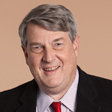
Kosnett is the editor of Kiplinger Investing for Income and writes the "Cash in Hand" column for Kiplinger Personal Finance. He is an income-investing expert who covers bonds, real estate investment trusts, oil and gas income deals, dividend stocks and anything else that pays interest and dividends. He joined Kiplinger in 1981 after six years in newspapers, including the Baltimore Sun. He is a 1976 journalism graduate from the Medill School at Northwestern University and completed an executive program at the Carnegie-Mellon University business school in 1978.
-
 Stocks Struggle for Gains to Start 2026: Stock Market Today
Stocks Struggle for Gains to Start 2026: Stock Market TodayIt's not quite the end of the world as we know it, but Warren Buffett is no longer the CEO of Berkshire Hathaway.
-
 Tip: Ways to Track Your Credit Card Rewards
Tip: Ways to Track Your Credit Card RewardsHere are the best strategies and apps to help you stay current with your credit card rewards.
-
 How New Investors Can Pick Their Perfect Portfolio, According to a Pro
How New Investors Can Pick Their Perfect Portfolio, According to a ProSee what Cullen Roche has to say about finding your perfect portfolio as a new investor and his two-word answer on where he thinks the stock market is headed in 2026.
-
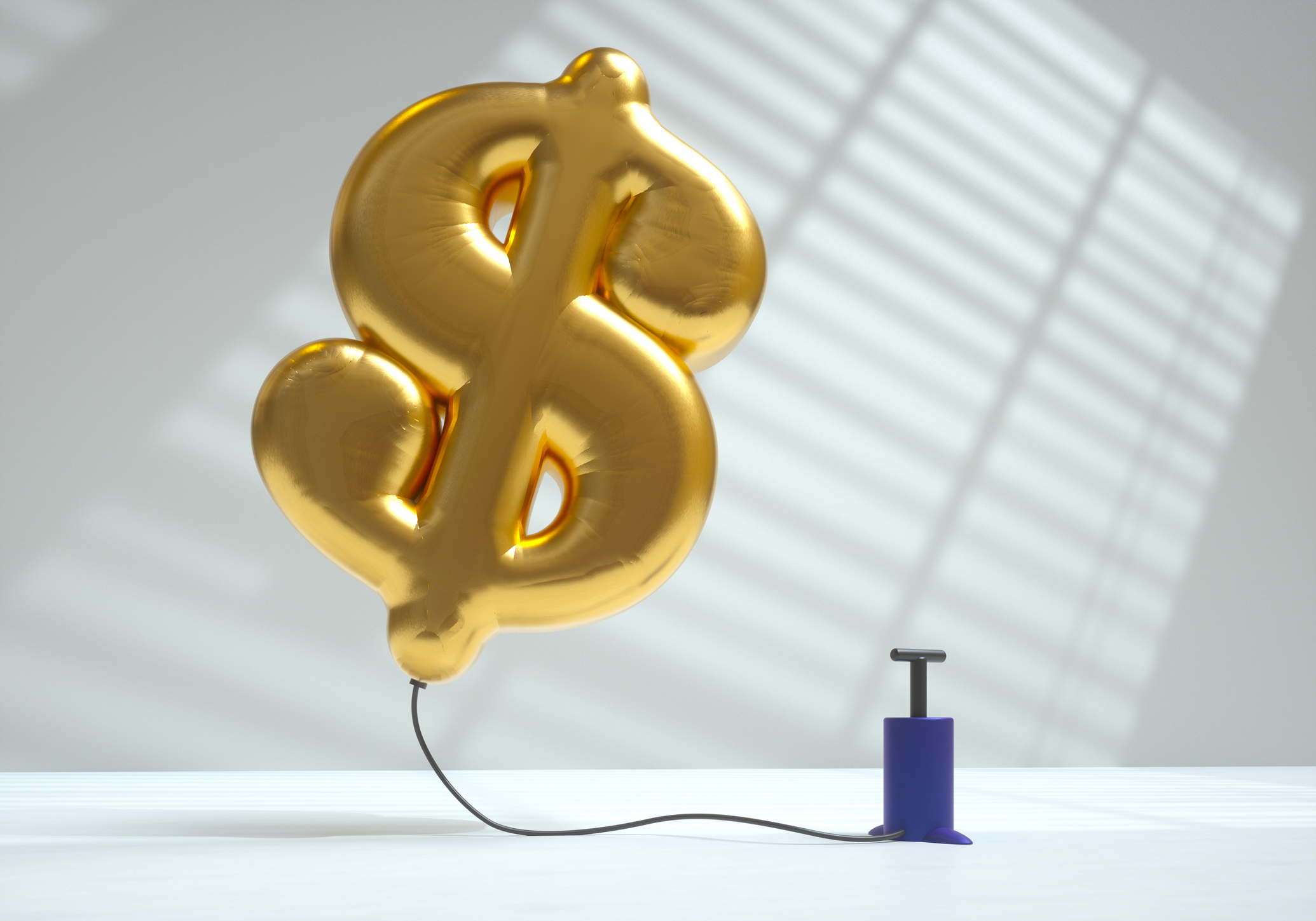 The November CPI Report Is Out. Here's What It Means for Rising Prices
The November CPI Report Is Out. Here's What It Means for Rising PricesThe November CPI report came in lighter than expected, but the delayed data give an incomplete picture of inflation, say economists.
-
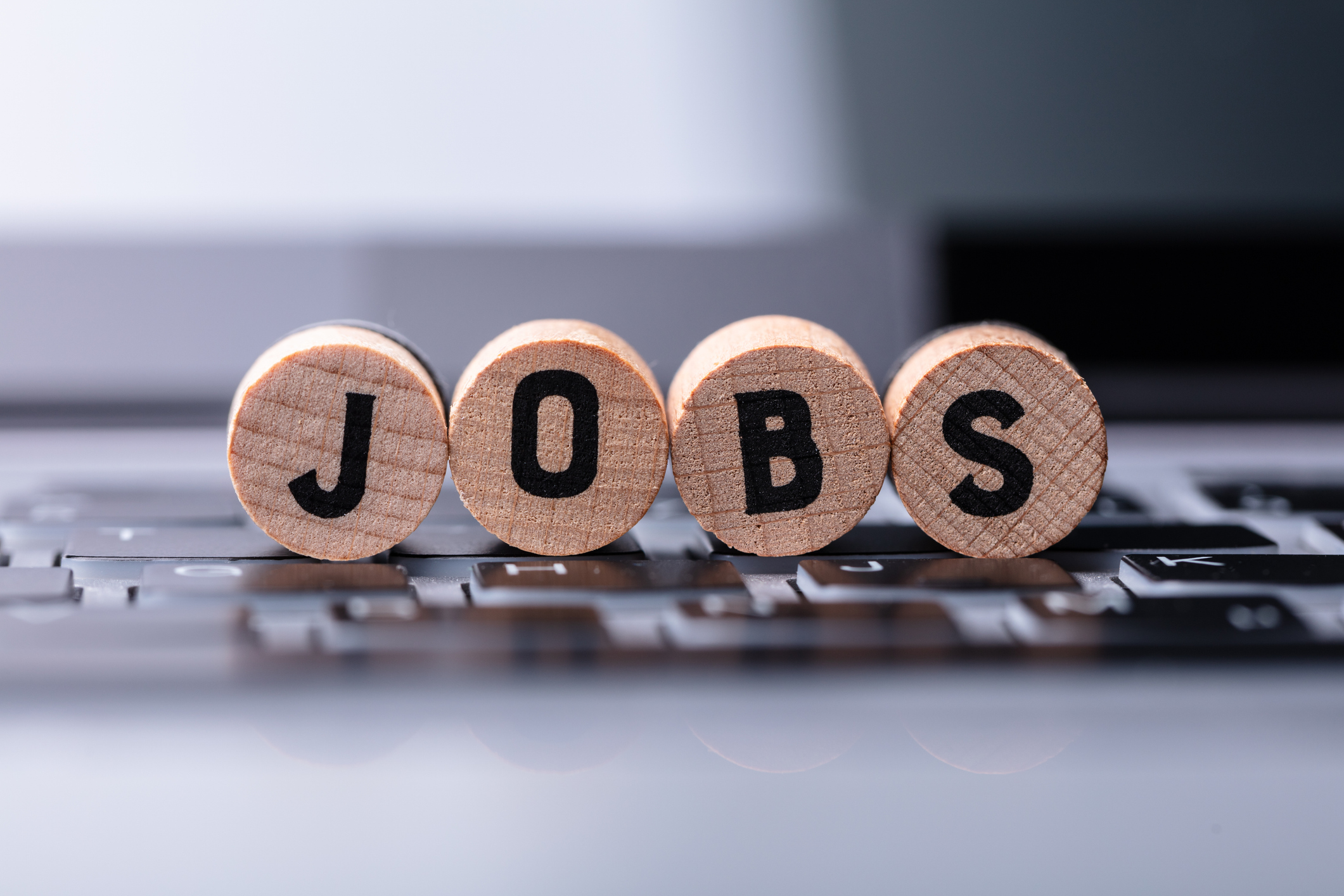 The Delayed November Jobs Report Is Out. Here's What It Means for the Fed and Rate Cuts
The Delayed November Jobs Report Is Out. Here's What It Means for the Fed and Rate CutsThe November jobs report came in higher than expected, although it still shows plenty of signs of weakness in the labor market.
-
 December Fed Meeting: Updates and Commentary
December Fed Meeting: Updates and CommentaryThe December Fed meeting is one of the last key economic events of 2025, with Wall Street closely watching what Chair Powell & Co. will do about interest rates.
-
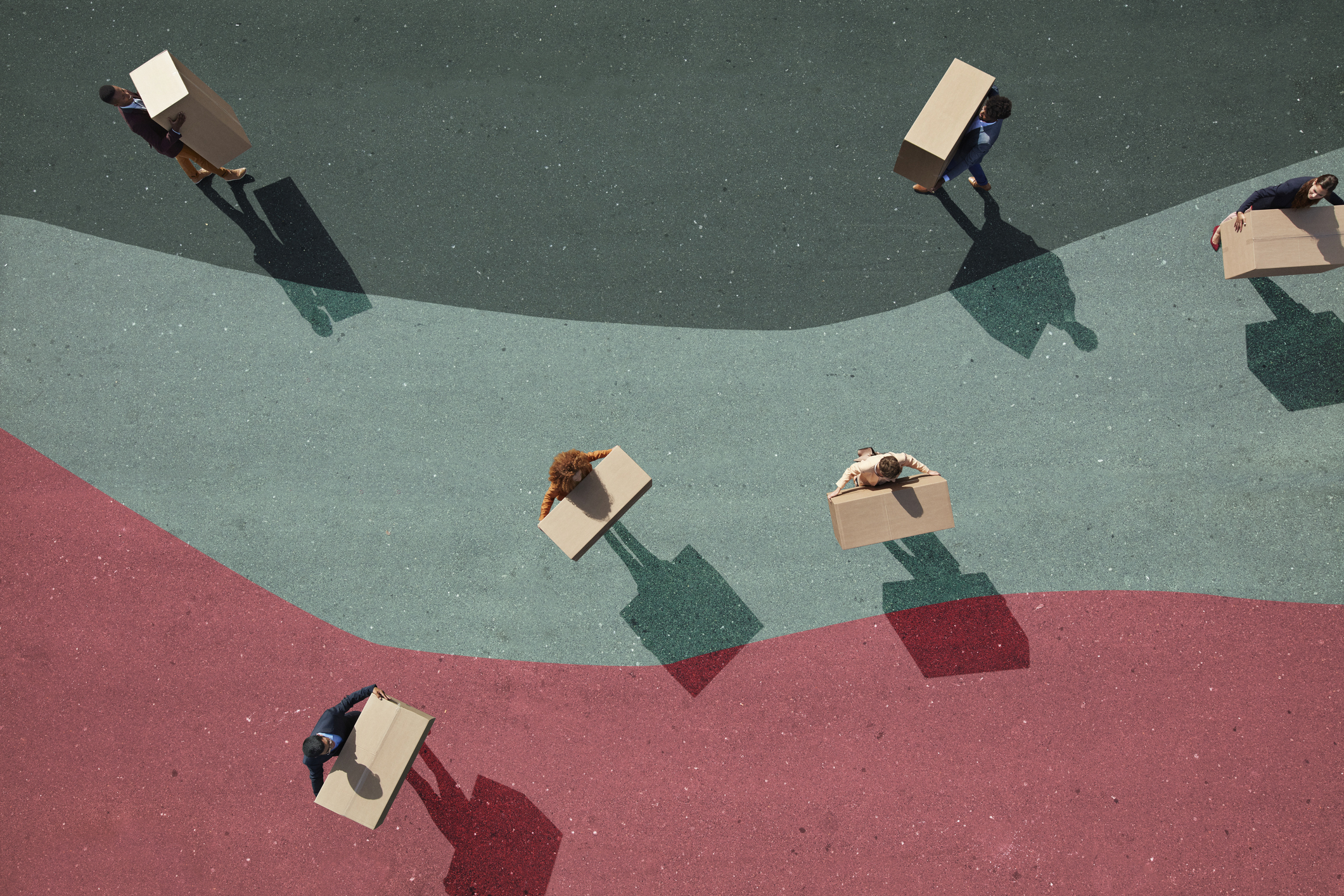 The Delayed September Jobs Report Is Out. Here's What It Means for the Fed
The Delayed September Jobs Report Is Out. Here's What It Means for the FedThe September jobs report came in much higher than expected, lowering expectations for a December rate cut.
-
 October Fed Meeting: Updates and Commentary
October Fed Meeting: Updates and CommentaryThe October Fed meeting is a key economic event, with Wall Street turned into what Fed Chair Powell & Co. did about interest rates.
-
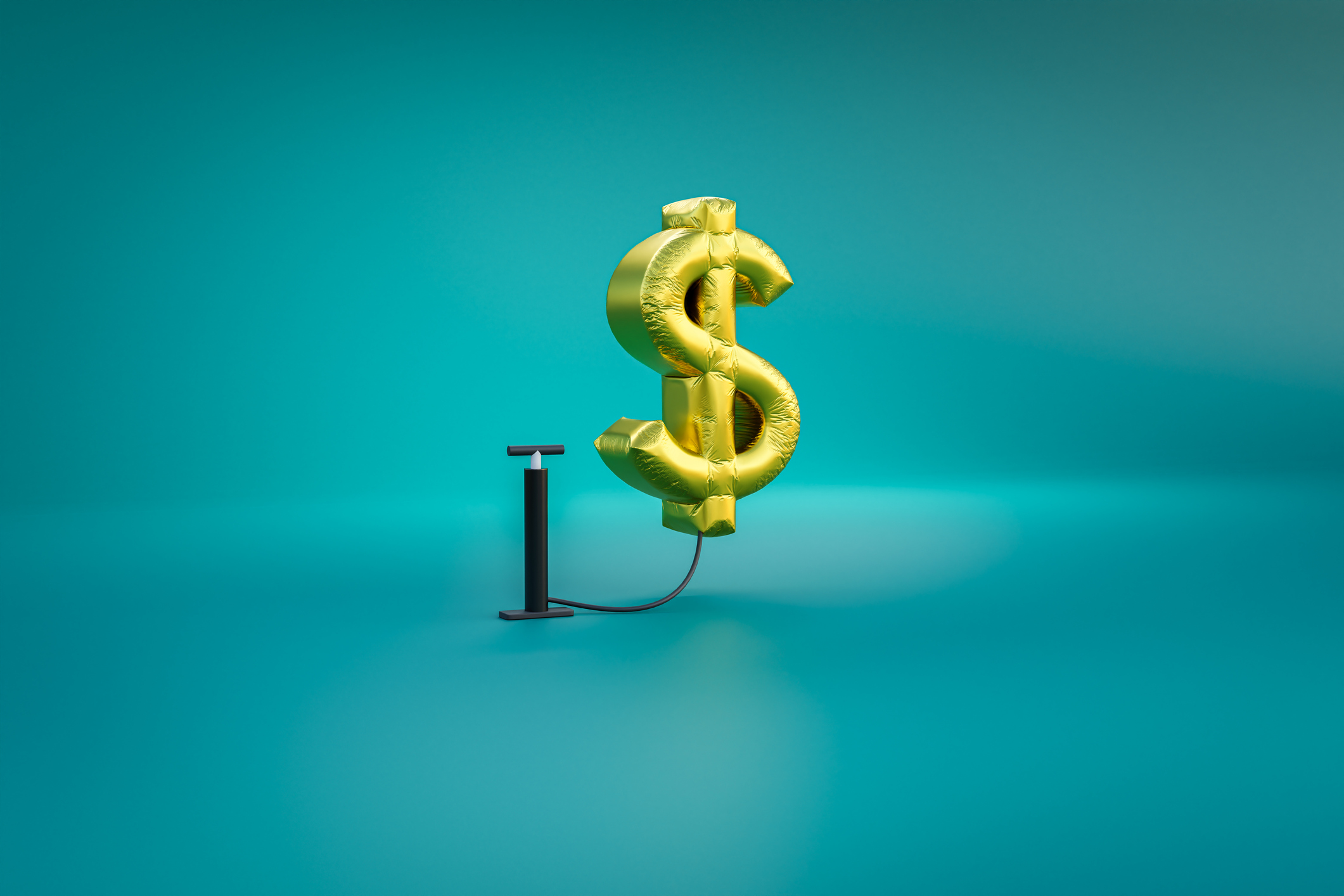 The Delayed September CPI Report is Out. Here's What it Signals for the Fed.
The Delayed September CPI Report is Out. Here's What it Signals for the Fed.The September CPI report showed that inflation remains tame – and all but confirms another rate cut from the Fed.
-
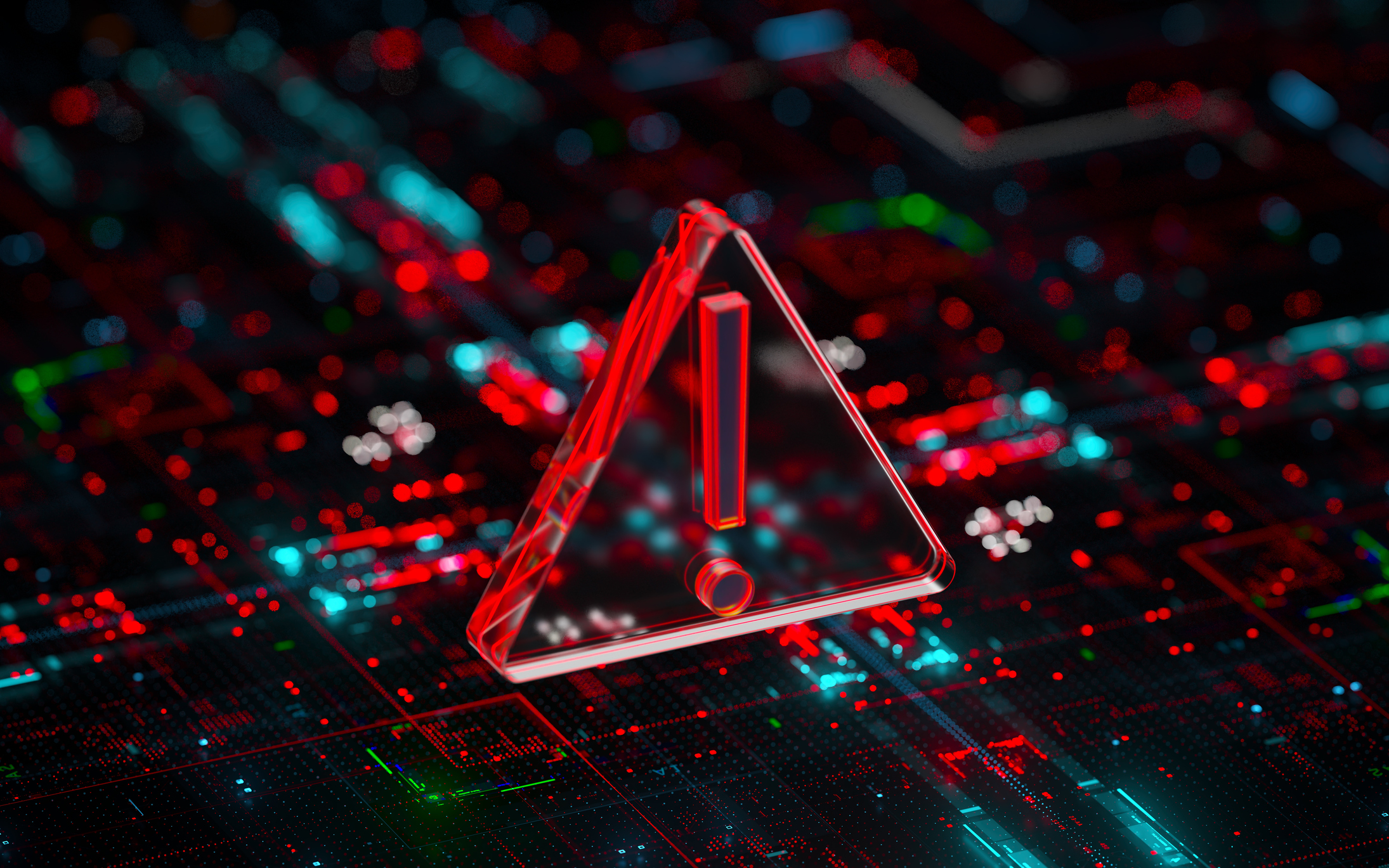 Banks Are Sounding the Alarm About Stablecoins
Banks Are Sounding the Alarm About StablecoinsThe Kiplinger Letter The banking industry says stablecoins could have a negative impact on lending.
-
 Government Shutdown to Delay Data, Including Key Jobs Report
Government Shutdown to Delay Data, Including Key Jobs ReportWhile government shutdowns typically don't impact stock returns, they can delay the release of key economic data – including the monthly jobs report.